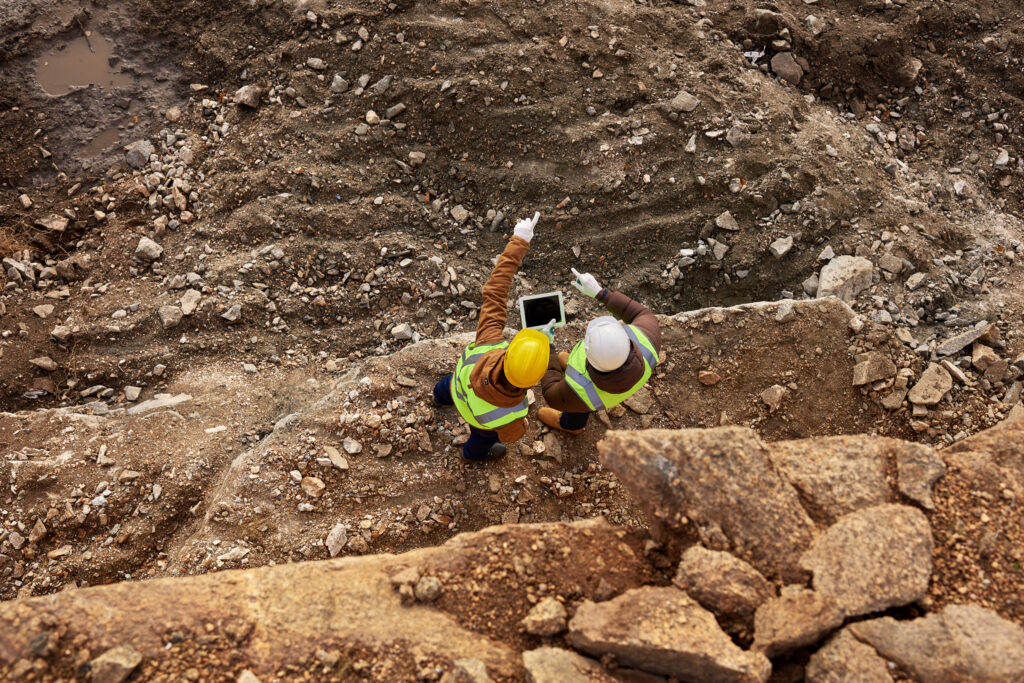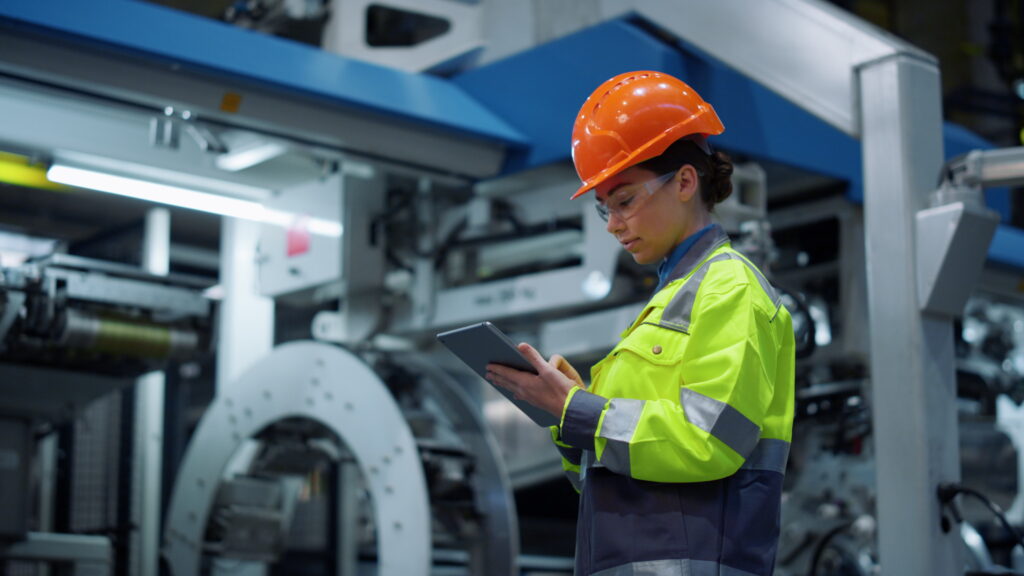The pandemic has
transformed how we live and work. This past year has also taught us that we can
accomplish so much more remotely than we ever thought possible. With 66% of
managers and 77% of leaders preferring a virtual workplace, flexible working is
here to stay.
As organisations adopt new approaches to the workplace
with varieties of flexibility, hybrid working will replace pre-pandemic norms:
Hybrid
work: A blended model where some employees return to the workplace and others
continue to work from home, and others that do both or work entirely remotely.
Employee expectations have changed, as detailed in Microsoft’s guide: Hybrid Work – a Guide for Business
Leaders
“…and
there’s no going back. Flexibility and hybrid work will define the
post-pandemic workplace. We need to let go of the idea that we can expect
people to work together during certain hours and all in one place”.
Key hybrid working patterns and considerations can be
categorised across people, workplaces and processes. What we know:
- Flexible work will remain
- Managers need to prioritise their people –
digital exhaustion and isolation are key causal effects of remote working - High levels of productivity can mask an exhausted
workforce that feel that while out of sight they need to be highly accountable;
this can easily lead to burnout - Organisational
goalposts are moving with new hybrid working strategies, adding pressure and
levels of uncertainty in the workforce (if not managed well).
According to PwC’s US Remote Work
Study conducted in
January this year, 87% of workers say on site attendance is important for
collaborating with team members and building relationships – which was also
their top-rated need for on site attendance.
Organisations that encourage their workforce to bring their best selves
to their roles while encouraging a higher level of collaboration will reduce
silo and isolation pitfalls.
How are leaders tackling
the rapid changes of a hybrid working model?
In Australia, onsite
attendance is at 19%, predicting further
increases in digitisation. The emotional load and complexity of our
relationships with a hybrid or completely remote working model will also
continue to shift.
70% of issues identified with a hybrid working model are
people based. These challenges focus on
leaders, individual workers and communication.
1.
People considerations
- Empower leaders to promote a joined-up business culture and a forum
for individuals to be heard no matter where the team is located. A great leader
will encourage their people to learn and grow in the flow of work. - Embrace flexibility to attract and retain new and diverse talent. Do workers possess the requisite skills to operate
within a hybrid working model, have they been onboarded
with a hybrid working lens and are they ready to work? - Best practice daily habits, along with a dedicated space to work
that is supported by Health and Safety policies. Encourage adherence to committed work hours,
with minimal overtime, regular short breaks, and daily exercise. - Promote a healthy flow of communication with 1:1s, project team
sprints and more relaxed digital worker catch ups with colleagues. - The skills gap is bigger than ever before with these changes and
online learning can help to bridge shortfalls in soft skills, needs requiring behavioral
change and new mandates that have arisen from the COVID-19 pandemic.
The
ability to have tough conversations now and in preparation of the workplace to
come, has also created a skills gap for many leaders. Emotional intelligence is
of crucial importance to future leaders as emotional complexity is on the
increase.
2. Workplace considerations
- Digital tools provide peace of
mind for both the worker and employer as cloud solutions such as visitor management
solutions make it easy to track where people at any time. - With hybrid work people are more
likely to be entering the workplace on different days and times and being able
to monitor worker safety in real time is critical. - Enhance the workplace ensuring
maximum ease to power up online while also considering safety measures such as
distancing and shared break-out areas. - Social distancing is an important
consideration with limiting the number of people allowed on site at anyone
time. System such as Sitepass provide a digital
solution to automate visitor limits at any location.
3. Digital processes
- Digitise a seamless 360-degree
business process to deliver work instructions, mandatory and skills based
training and policies to ensure that people are informed. - Organisational online meeting, chat,
and file sharing software such as MS Teams, helps to keep people informed and
connected. - Delivering up to
date information, work instructions and information on changes to policies and
procedures so staff, contractors and visitors can access this information when
required.
Prioritising the mental health of the workforce will
engage your people and ensure their wellbeing..
EQ along with skills such as risk tolerance will help to cut through
complexity, creativity and imagination will open up a path to find new flexible
ways. Collaboration will unite us all on
the road ahead.














